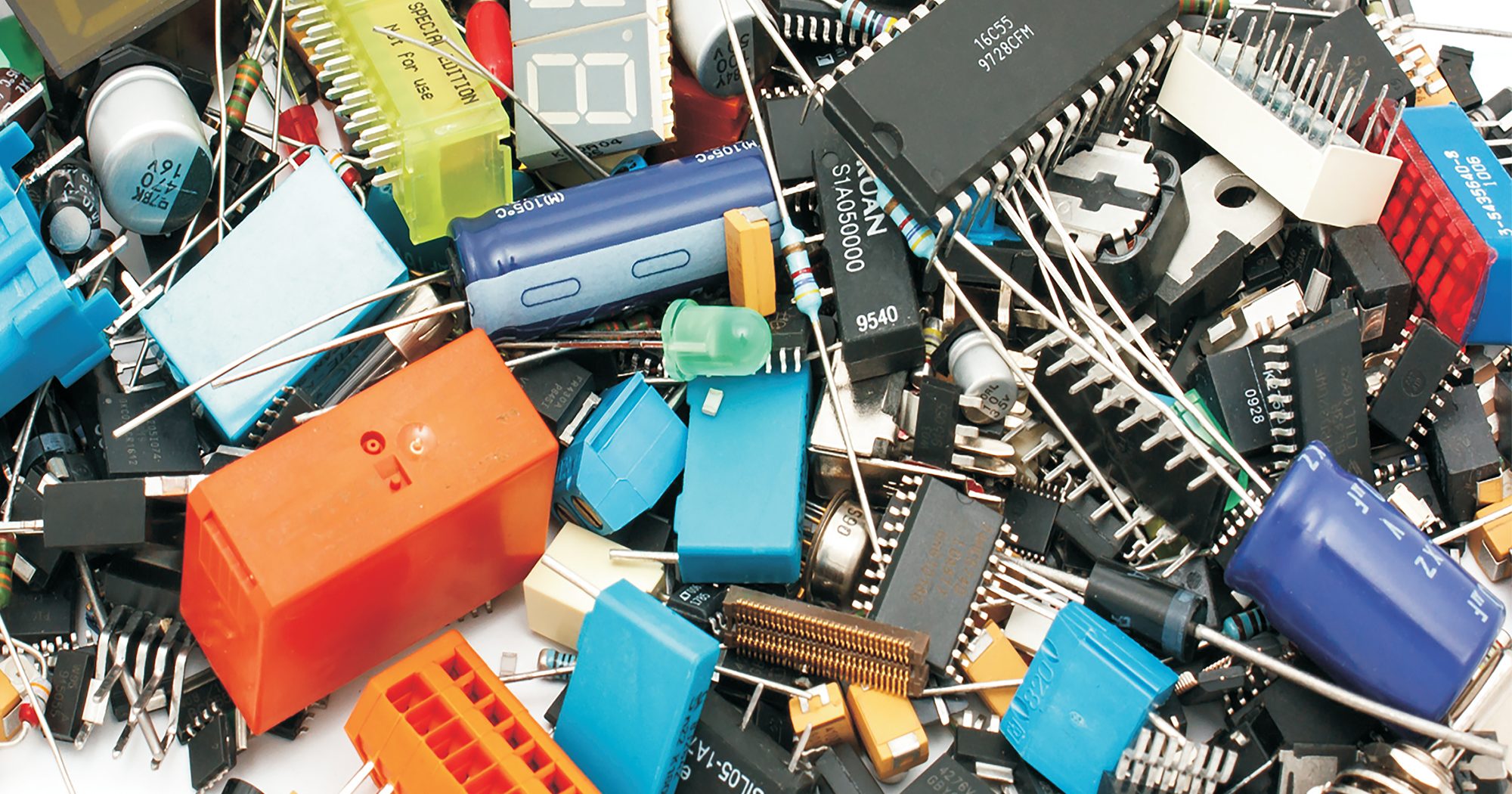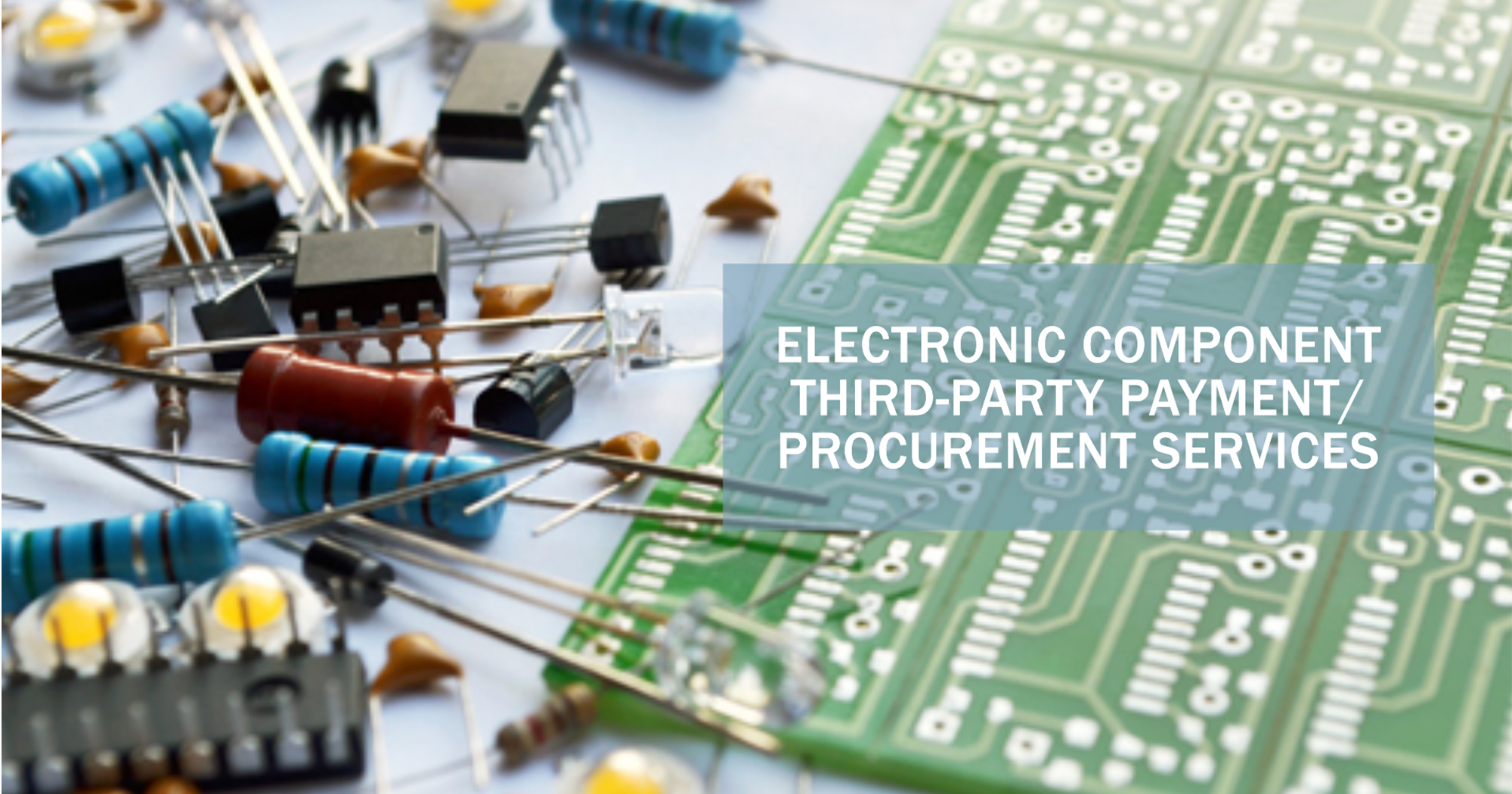Understanding the 10 ~ 20AT Range in Reed Switches
When working with electronic components such as reed switches, understanding the specifications and values listed on the datasheet is essential for making informed decisions. A key element in reed switch specifications, such as 10 ~ 20AT, plays a significant role in determining the switch’s performance. But what do these numbers mean? And how do you interpret other important values like current ratings and voltage ratings? This article breaks down these key parameters and explains how to choose the right reed switch for your application.
What Does the "10 ~ 20AT" Mean in a Reed Switch?
The numbers 10 ~ 20AT listed in the reed switch specification refer to the operate range or the magnetic activation range of the switch. The "AT" stands for Ampere-Turns, which is a unit used to measure the strength of a magnetic field needed to close the reed switch.
Ampere-Turns (AT): This value represents the magnetic field strength required to activate the reed switch. In this case, the switch operates when a magnetic field of between 10 to 20 Ampere-Turns is applied.
Operate Range: The range of 10 ~ 20AT means that the reed switch will activate (close) when the magnetic field falls within this range. The value provides an idea of the strength of the magnet required to trigger the reed switch.
For engineers, understanding this range is crucial because it determines the strength of the magnet needed to activate the switch reliably. If you use a magnet with too little strength, the reed switch may fail to activate, while a magnet that is too strong could cause unintended activation or erratic behavior.
Other Important Parameters to Consider
Reed switches come with a variety of ratings that define their performance in different electrical environments. Here's how you can interpret other key specifications:
Current Rating (10W, 350mA AC, 500mA DC):
The current rating refers to the maximum amount of current the reed switch can safely handle when the switch is in the closed position.
350mA AC: The reed switch can handle up to 350 milliamps (mA) of alternating current (AC) without damage.
500mA DC: The reed switch can handle 500mA of direct current (DC).
It's important to select a reed switch with a current rating that matches or exceeds the current requirements of your application to avoid overheating or failure of the switch.
Voltage Rating (140V):
The voltage rating indicates the maximum voltage the reed switch can handle across its contacts without arcing or breaking down. In this case, the reed switch is rated for a maximum of 140V. This is particularly important when dealing with higher voltage applications or environments where voltage spikes can occur.
Power Rating (10W):
The power rating refers to the maximum amount of power the reed switch can safely dissipate. In this case, the switch can handle up to 10 watts. Choosing a switch with an appropriate power rating ensures the reed switch does not overheat and fail prematurely.
Through Hole:
The through hole type indicates the method of mounting the reed switch on a circuit board. This means the switch has leads that pass through holes in the PCB and are soldered on the other side. Through-hole components are generally more robust and are used in applications where durability and reliability are essential.
How to Determine Whether the Switch is High or Low Specifications
When choosing a reed switch, there are a few key factors that will help you determine whether the specifications are high or low for your needs:
Current and Voltage Ratings: Higher current and voltage ratings typically indicate a more robust switch capable of handling more demanding applications. If your circuit involves high power or requires the switch to control larger electrical systems, look for reed switches with higher current and voltage ratings.
Operate Range (AT): A higher Ampere-Turn rating indicates a reed switch that requires a stronger magnetic field to operate. This might be necessary in applications where the switch will be activated from a greater distance or where strong external magnetic interference is present. Conversely, lower AT values are useful for more sensitive applications that require the reed switch to activate with weaker magnets.
Power Rating: Higher power ratings suggest that the reed switch can handle more energy without overheating. If your application involves significant power handling, such as motor control or high-voltage circuits, a reed switch with a higher power rating is preferred.
Conclusion
Understanding the specifications of reed switches, such as the 10 ~ 20AT magnetic activation range, is essential for selecting the right component for your design. The operate range, current rating, voltage rating, and power rating all play crucial roles in determining whether a reed switch is suitable for your specific application.
For more information or to request a quote, please feel free to send us an RFQ.
Some Model Numbers




